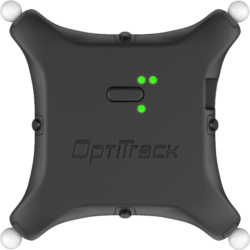Motion capture technology has made translating the physics of motion into the digital environment much easier.
This allows the creation of fully immersive environments that can be explored for design, engineering and OH&S.
Product Design
Being able to explore and interact a digital prototype in an immersive environment is as close as you can get to a product during the design cycles enabling ‘on-the-fly’ alterations and better understanding of workings or aesthetics without needs to go into the expensive process of physical manufacturing.
Architectural Visualisation
Motion capture is becoming more prevalent in real estate development to model buildings and construction projects. By creating demonstrations which enable 360-degree visualizations, these demonstrations can be put together more effectively helping construction firms sell projects, while enabling architects to more effectively demonstrate their ideas in a workable, real-world simulation.
Manufacturing Ergonomics
Increasing worker efficiency and safety on the production line and throughout the warehouse using motion capture is fast being adopted as essential high grade task analysis and ergonomics. Using a tool like Siemens Jack we can now access real-time data such as L4/L5 compression on the spine using RULA or OWS.
Defence Simulation & Training
Target practise, GIS flight paths, aviation simulators and battle VR arenas are a few of the places you might find motion tracking being used by the military. We can’t say for sure though. It’s all top secret. Just think of Avatar, only less blue.
OptiTrack for VR
OptiTrack builds the world’s most accurate and easy to use wide area VR trackers – by optimizing the performance metrics that matter most for Virtual Reality tracking. The result is ultra-low latency, butter smooth tracking for any Head Mounted Display (HMD) or Cave automatic immersive environment.
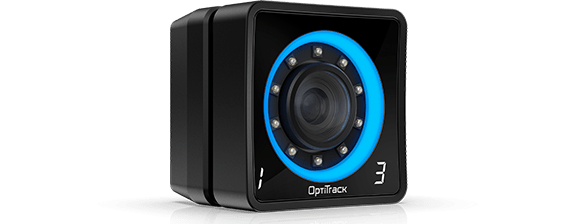
High-speed, low-latency tracking
From high-speed cameras featuring image-stopping global shutters and fast-discharge LEDs, to a pipeline that processes data from photon to rigid body solve, OptiTrack has been engineered to track interactions with imperceptible latency.

OptiTrack Active
The perfect blend of OptiTrack’s world leading tracking precision and low system latency, now with the benefits of active LED marker identification. Track areas of 100ʹ × 100ʹ (30 m × 30 m) and more, with Slim 13E—the lowest cost, highest performing VR tracking cameras available today.
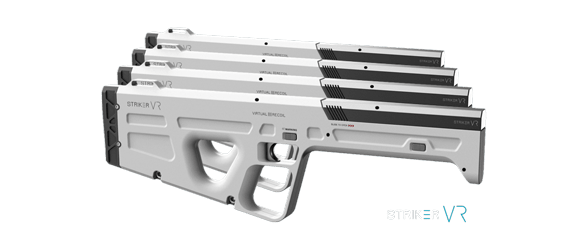
One ”sku” for HMDs, weapons and objects.
Track any object type using a single infrared LED marker configuration. This allows for hundreds of identically manufactured HMDs, weapons, controllers, and scene elements to be tracked simultaneously within the volume.
What do I get with OptiTrack Active?
LED Controller
Small, matchbox sized PCB controlling eight LEDs – use one for each object to be tracked. Flush mount 5/3 mm through hole LEDs that are black in color (or optional clear) and emit a wide angle invisible IR pulse seen by Slim 13e or other OptiTrack cameras.
Base Station
Typically installed at the center of the tracking area, the base station keeps the LEDs synced with the OptiTrack cameras.
Slim 13E Cameras
OptiTrack’s 1.3 MP, 240 FPS freeze frame tracking camera that delivers smooth, artifact free tracking for OptiTrack Active enabled devices.
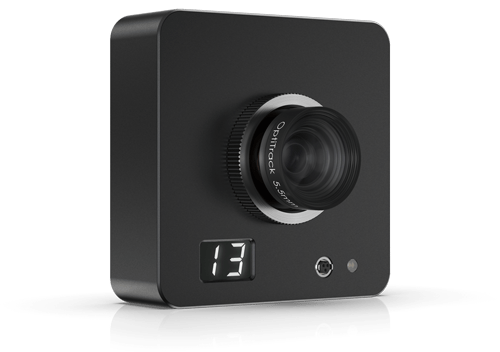
OptiTrack Passive
The workhorse of motion tracking for over 20 years with a host of benefits for most applications. OptiTrack’s precision passive tracking provides fast, easy setup by placing low-mass reflective markers on the tracked person or object. This keeps all the technology with the cameras and not on the subject(s). That makes passive the most versatile approach for research VR, ground truth systems and out-of-home experiences with just one or two sites. The benefits of OptiTrack Active take over with larger scale installations. Active only requires development of one version of the HMD, weapons and other objects. Passive tracking requires that each object tracked has a spatially different marker cluster, so each object must be unique. For VR deployments which benefit from a single SKU manufacturing, OptiTrack Active is the preferred solution.
Exceptional 3D precision and accuracy

In order to reproduce convincing stereo images from the viewer’s POV, there can be no jitter, noise, or other artifacts from the tracking system. Motive:Tracker software, combined with our Prime Series cameras and Micron Series calibration tools, produce the most reliable 3D data on the market—capable of sub-20 µm accuracy in optimal conditions. For VR, this means smooth, artifact free tracking for the most compelling immersive experiences available.
Drift-free tracking, pretty much anywhere
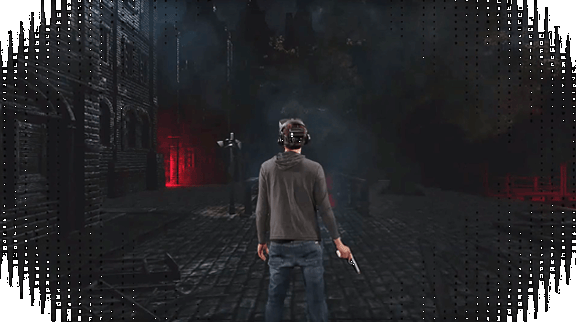
Track a handful of HMDs in a conference room, or a dozen gamers competing in a large scale VR arena. Our long range, wide angle cameras provide expansive, globally-accurate tracking. OptiTrack systems are easy to expand at any time by adding more of the same or even different model cameras that are from the same family.
Head, controller & body tracking
![]()
Accurately track a room full of HMDs or shutter glasses, controllers, hands, fingers, and even the user’s complete body—all with a single tracking system—for truly immersive VR experiences.
Simple sync to shutter glasses and other devices
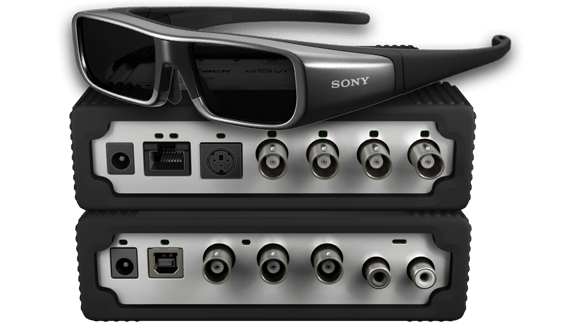
Integrate your OptiTrack system with shutter glasses and other input, display, or tracking devices via the OptiHub 2 for Flex Series cameras and eSync 2 for Prime Series cameras.
Virtual Reality Products
Case Studies
